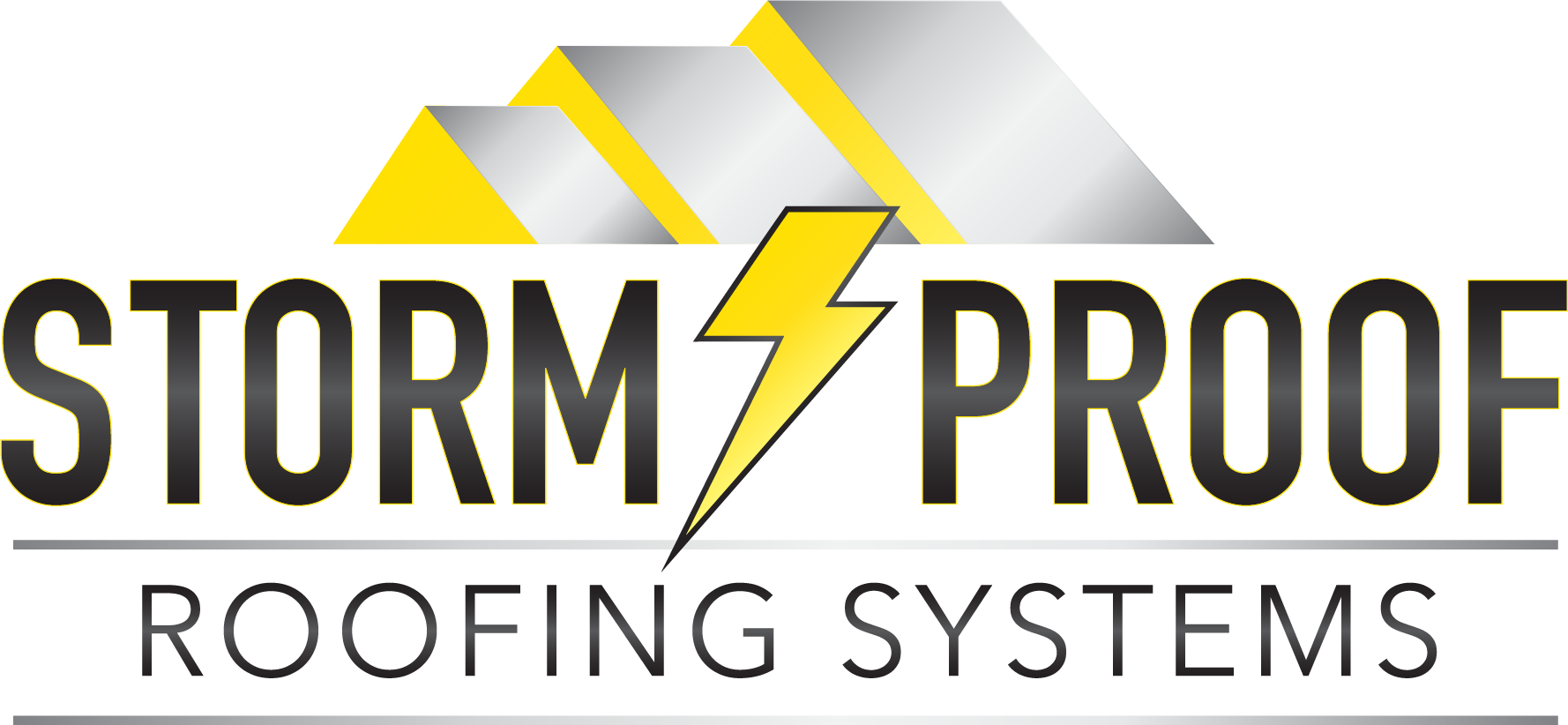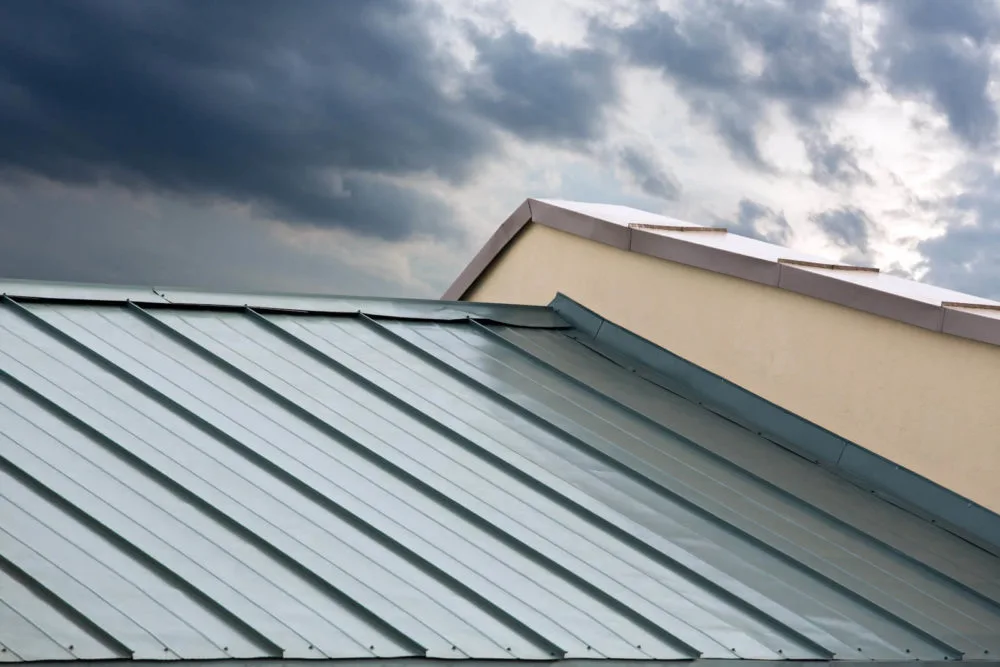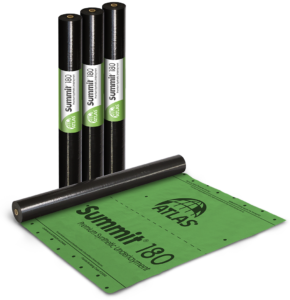Resilient Roofs: Unveiling the Vanguard of Storm-proof Roofing Materials
Introduction
Storms, with their fierce winds, heavy rains, and occasional hail, have the power to wreak havoc on our homes. In such tumultuous weather conditions, the roof serves as our primary line of defense.
Therefore, investing in storm proof roofing materials is of paramount importance. These materials are specially designed to withstand the elements and provide enhanced protection for our homes and loved ones.
The Importance of Storm Proof Roofing Materials
When it comes to safeguarding our homes from severe weather events, having a strong and durable roof is crucial. Storm proof roofing materials offer a myriad of benefits that justify their significance in today’s construction industry. Firstly, storm proof roofing materials provide utmost protection against wind damage.
By utilizing advanced designs and innovative manufacturing techniques, these materials can withstand high wind pressures commonly encountered during storms. Traditional roofing materials often succumb to the forceful winds, resulting in costly repairs or even complete roof failures.
Storm proof roofing materials significantly reduce this risk. Secondly, these innovative materials excel at hail resistance.
Hail can cause considerable damage to roofs by puncturing shingles or other conventional coverings. However, storm proof roofing materials are engineered with impact-resistant features that minimize the risk of hail penetration and subsequent water leakage.
Moreover, storm proof roofs also provide better defense against flying debris during storms. Whether it is branches hurled by strong winds or airborne objects propelled by tornadoes, these materials exhibit superior durability that prevents them from being easily damaged or dislodged.
Overview of the Latest Innovations in the Industry
The field of storm proof roofing has witnessed remarkable advancements in recent years. Building upon centuries-old practices of using durable and resilient roof coverings like slate and metal tiles; manufacturers have introduced cutting-edge innovations that push the boundaries of performance and longevity. One notable innovation is impact-resistant shingles.
Traditionally made from asphalt, these shingles are now enhanced with stronger materials, such as polymers and fiberglass. The inclusion of these robust components assists in deflecting impacts from flying debris or hailstones.
Manufacturers have also focused on improving the interlocking mechanisms between shingles to prevent wind uplift and maintain the integrity of the roof during severe storms. Synthetic slate tiles represent another notable innovation in storm proof roofing materials.
While natural slate has long been admired for its beauty and durability, it comes with a hefty price tag due to its scarcity and labor-intensive installation. Synthetic slate tiles offer a cost-effective alternative that mimics the appearance of natural slate while providing excellent resistance against weathering, cracking, and fading.
Furthermore, metal roofing systems have evolved significantly to become a popular choice for storm proof roofs. These roofs are composed of various metals like steel or aluminum that provide exceptional strength against high winds and impacts from debris.
Moreover, advancements in coating technologies have enabled manufacturers to apply protective layers that enhance resistance against corrosion and extreme temperatures. Recent innovations in storm proof roofing materials have revolutionized the industry by offering improved protection against wind damage, hail penetration, and flying debris during storms.
Impact-resistant shingles, synthetic slate tiles, and advanced metal roofing systems are just a few examples of these cutting-edge solutions that combine durability with aesthetic appeal. As homeowners become more aware of the risks associated with severe weather events, the demand for these innovative materials continues to grow steadily.
High-level Overview of Storm Proof Roofing Materials
Definition and Purpose
Storm proof roofing materials, also known as impact-resistant or wind-resistant roofing materials, are specifically designed to withstand the harsh forces of severe weather conditions such as hurricanes, tornadoes, hailstorms, and high winds. The primary purpose of these materials is to protect buildings and their occupants from potential damage caused by extreme weather events. Unlike traditional roofing materials that may be susceptible to cracking, breaking, or blowing off during a storm, storm proof roofing materials are engineered to offer superior strength and durability.
They often undergo rigorous testing and certification processes to ensure their resilience in the face of adverse weather conditions. By incorporating advanced technologies and specialized design features, these materials provide an added layer of protection for homes and commercial structures.
Common Types of Storm Proof Roofing Materials
There are several common types of storm proof roofing materials available on the market today. Each type offers unique advantages in terms of durability, resistance to impact or wind forces, longevity, aesthetic appeal, and cost-effectiveness.
1. Impact-Resistant Shingles: These shingles are manufactured using durable materials such as fiberglass reinforced asphalt or rubberized polymers that can withstand the impact from hailstones or flying debris during a storm. They are designed with reinforced layers that provide enhanced strength against external forces while maintaining a visually appealing appearance.
2. Metal Roofing Systems: Metal roofs have gained popularity due to their exceptional durability and resistance to severe weather conditions. Typically made from steel or aluminum panels with interlocking designs, they offer excellent protection against high winds and hailstorms.
Metal roofs also have a long lifespan without requiring frequent repairs or replacement. 3. Synthetic Slate Tiles: Synthetic slate tiles mimic the appearance of natural slate but offer improved resistance against cracking or breaking under heavy impacts.
Made from advanced composite materials like polymer blends or rubber, these tiles are lightweight, durable, and easy to install. They provide an attractive alternative to traditional slate roofs while offering superior storm protection.
4. Clay or Concrete Tiles: Clay or concrete tiles have been used for centuries due to their robust nature. These materials are inherently resistant to high winds and hail damage.
Additionally, their thermal mass properties help regulate indoor temperatures, contributing to energy efficiency. 5. Modified Bitumen: Modified bitumen roofing systems consist of a mix of asphalt and synthetic rubber modifiers, making them highly durable and flexible.
These roofs exhibit excellent resistance against wind uplift and impact forces from debris. By selecting the most suitable storm proof roofing material based on the specific requirements of a given location and building structure, property owners can significantly reduce the risks associated with severe weather events while ensuring long-term protection for their investments.
Impact-Resistant Shingles
The Fortification of Resilience
When it comes to fortifying our homes against the relentless onslaught of nature’s fury, impact-resistant shingles have emerged as an innovative solution. These shingles have undergone a metamorphosis, evolving from their traditional counterparts to become guardians of our roofs, imbued with remarkable durability and strength.
Composed of multiple layers, these shingles incorporate cutting-edge design features that enhance their resistance against hail, wind, and debris impacts. The composition of impact-resistant shingles is a testament to modern engineering.
They typically consist of a strong fiberglass mat base embedded in asphalt. This composition provides flexibility and resilience against various weather conditions.
Moreover, these shingles are fortified with specially formulated polymers that reinforce their resistance to impact. These polymers act as shock absorbers when faced with the forceful blows delivered by hailstones or airborne debris during storms.
In addition to their robust composition, impact-resistant shingles boast unique design features that further reinforce their ability to withstand the harshest elements. These features often include interlocking mechanisms that create a unified shield against high winds and uplift forces.
Furthermore, some manufacturers incorporate enhanced adhesive strips on the underside of the shingle tabs to ensure maximum adhesion and reduce the risk of wind-driven rain infiltrating beneath them. With such advanced attributes working in tandem, impact-resistant shingles offer homeowners peace of mind during severe weather events.
Synthetic Slate Tiles
Redefining Tradition: Beauty Meets Practicality
Innovations in storm proof roofing materials extend beyond reinventing existing solutions; they also encompass finding alternatives that combine functionality with aesthetic appeal. Synthetic slate tiles epitomize this quest for redefining tradition while augmenting performance in unprecedented ways.
Offering advantages over traditional slate tiles, these synthetic marvels exemplify resilience against cracking, fading, and weathering. Synthetic slate tiles are crafted using a mix of advanced materials, such as polymers and resins, carefully engineered to mimic the texture, color variations, and natural beauty of traditional slate.
Unlike their natural counterparts, however, synthetic slate tiles possess inherent resistance to the elements that often cause wear and tear over time. They are impervious to cracking due to their superior flexibility and ability to withstand significant impacts.
Furthermore, their composition grants them exceptional resistance against fading caused by prolonged exposure to sunlight. This ensures that the roof maintains its elegant appearance for years to come.
Weathering is another critical aspect that synthetic slate tiles address with aplomb. Traditional slate tiles can be susceptible to damage from freeze-thaw cycles or moisture absorption leading to degradation over time.
Synthetic alternatives circumvent these issues with their inherent resistance to water absorption and ability to endure extreme temperature fluctuations without compromising structural integrity. As a result, homeowners can enjoy the timeless beauty of a slate roof without grappling with the extensive maintenance associated with its natural counterpart.
Metal Roofing Systems with Advanced Coatings
Unyielding Guardians: Shielding Homes from Nature’s Wrath
In the realm of storm proof roofing materials, metal roofing systems have emerged as stalwart guardians against Mother Nature’s wrath. Their unparalleled strength and resilience position them as an ideal choice for homeowners seeking long-term protection against severe weather conditions.
These systems have undergone continuous refinement through advanced coating technologies that elevate their resistance against corrosion and extreme temperatures. One of the key benefits of metal roofs lies in their durability in adverse weather situations.
Metal sheets used in roofing systems are typically galvanized steel or aluminum alloys specially treated for enhanced protection against corrosion. Modern coating technologies further enhance this innate resistance by employing innovative processes such as galvanization or applying specialized protective layers like ceramic or polymer coatings.
These advancements not only fortify the metal against corrosive elements like salt and moisture but also provide a barrier against extreme temperatures. Metal roofs with advanced coatings are designed to reflect solar radiation, reducing heat absorption and preserving a comfortable indoor environment.
This ultimately leads to energy savings as the reliance on cooling systems is diminished. The combination of robust materials, advanced coatings, and intelligent design ensures that metal roofing systems can withstand fierce winds, heavy rainfall, snow accumulation, and even impact from falling debris.
As a testament to their reliability, metal roofs have become increasingly popular in areas prone to hurricanes, tornadoes, and other severe weather events. By embracing these innovations in storm proof roofing materials, homeowners can rest assured that their most valuable asset—their home—remains well-protected amidst nature’s fury.
Solar Reflective Roof Coatings: Harnessing the Power of Efficiency
One of the remarkable advancements in storm proof roofing materials is the development of solar reflective roof coatings. These innovative coatings are designed to increase energy efficiency and reduce heat absorption, making them a significant contribution to sustainable roofing solutions. Solar reflective coatings utilize advanced technologies that reflect a significant portion of the sun’s rays instead of absorbing them, resulting in a cooler roof surface.
By reducing heat absorption, solar reflective roof coatings offer numerous benefits. Firstly, they help to minimize thermal expansion and contraction, which can lead to cracks and premature aging of roofing materials.
Secondly, these coatings effectively lower interior temperatures by preventing excess heat transfer into the building during scorching summers. This leads to enhanced occupant comfort and reduced reliance on air conditioning systems, translating into substantial long-term cost savings through decreased cooling needs.
Innovative Underlayment Solutions: Safeguarding Your Roof with Enhanced Protection
As storm proof roofing materials continue to evolve, innovative underlayment solutions play a vital role in providing added protection against severe weather conditions. Traditional underlayment materials such as asphalt felt have been widely used in the past but are now being challenged by more advanced synthetic alternatives.
Synthetic underlayments offer superior durability and resistance to elements like moisture and UV radiation. They are specifically engineered with enhanced tear resistance properties and self-healing characteristics, providing an additional layer of defense against potential leaks or damage caused by wind-driven rain or snow accumulation.
Moreover, synthetic underlayments boast superior installation convenience due to their lightweight nature. Alternatively, traditional underlayment options like asphalt felt still have their place in certain applications.
With their proven track record over many decades, they can be considered reliable choices for roofs that do not require extreme weather protection or where budget constraints are a concern. The key is to assess the specific needs of the roofing project and choose the most appropriate underlayment material accordingly.
Conclusion
As we explore the latest innovations in storm proof roofing materials, it is evident that technological advancements are transforming the industry for the better. From solar reflective coatings that reduce heat absorption and increase energy efficiency to innovative underlayment solutions that provide enhanced protection, these developments are making roofs more resilient against severe weather conditions.
Not only do these new materials and technologies offer increased durability and protection, but they also provide long-term cost savings by reducing energy consumption and cooling needs. With a focus on sustainability and efficiency, the roofing industry is moving towards a brighter future where structures can withstand storms while promoting environmental stewardship.



